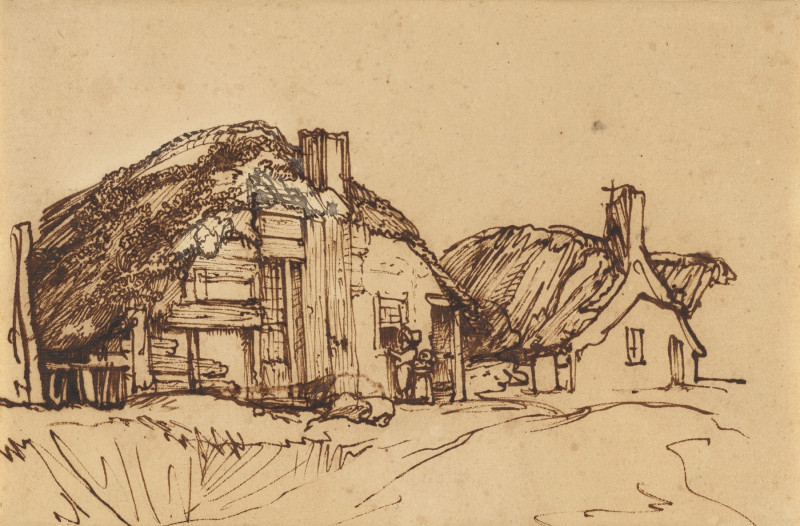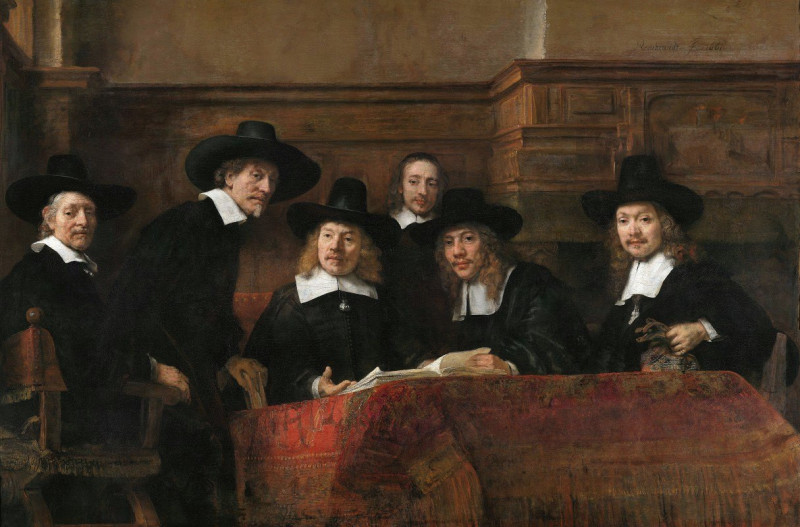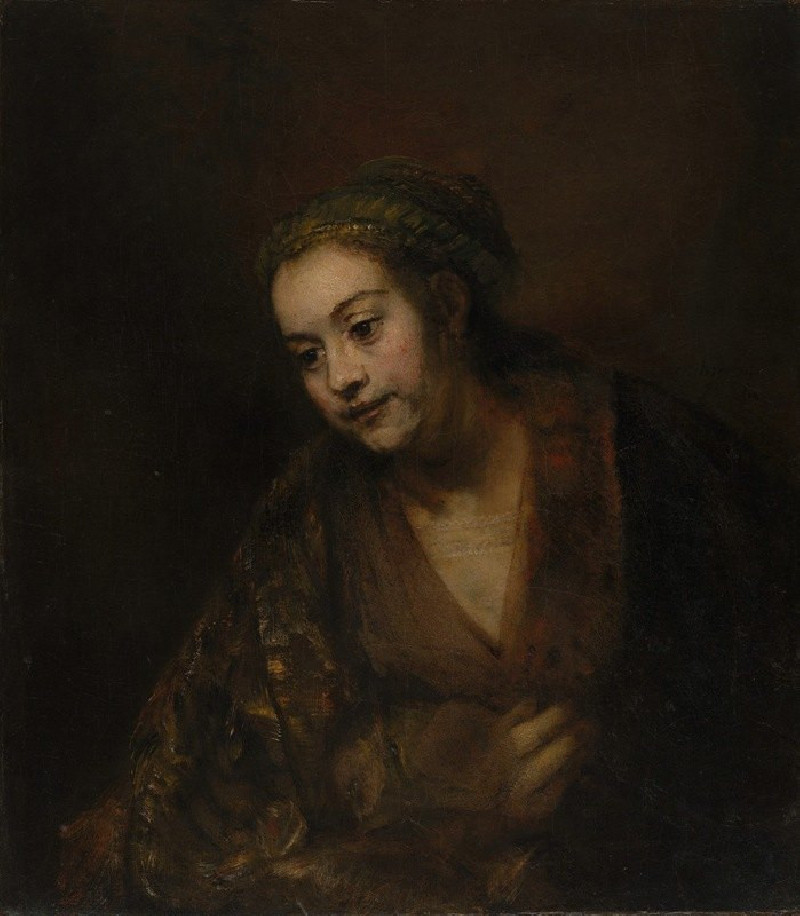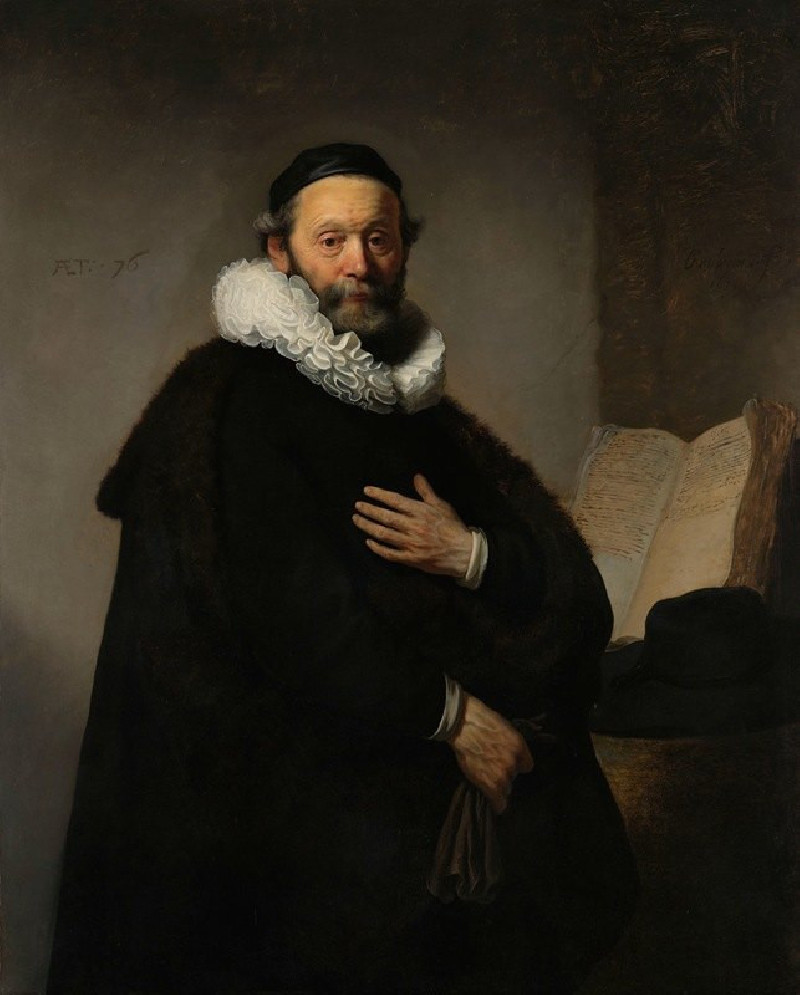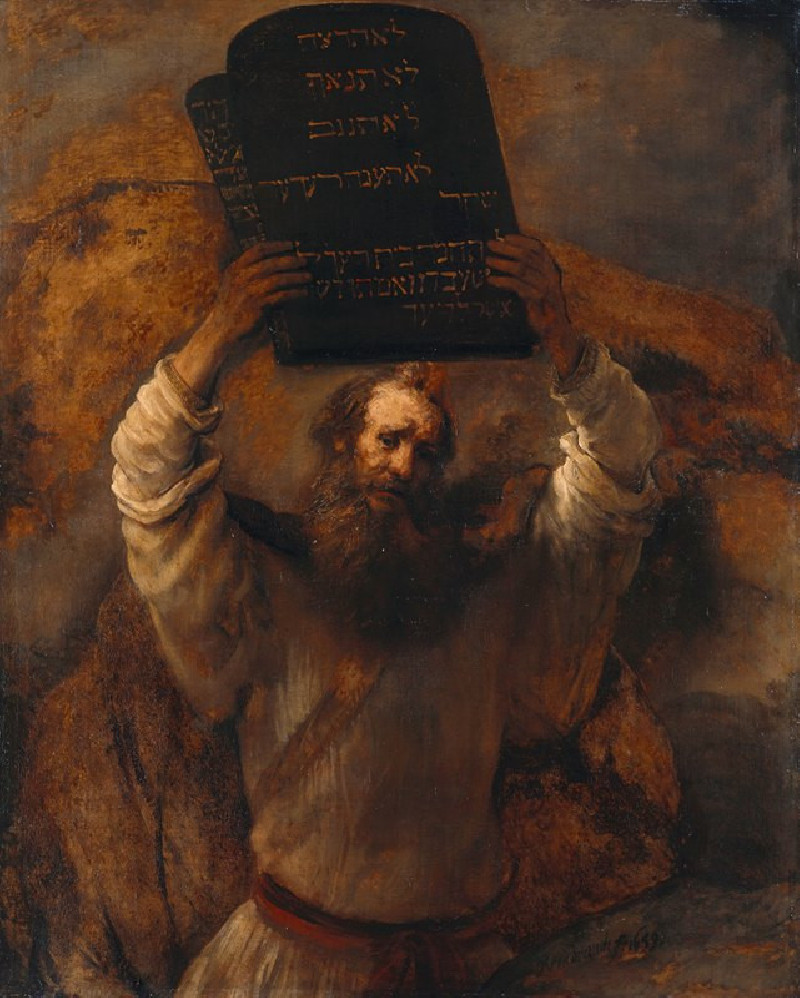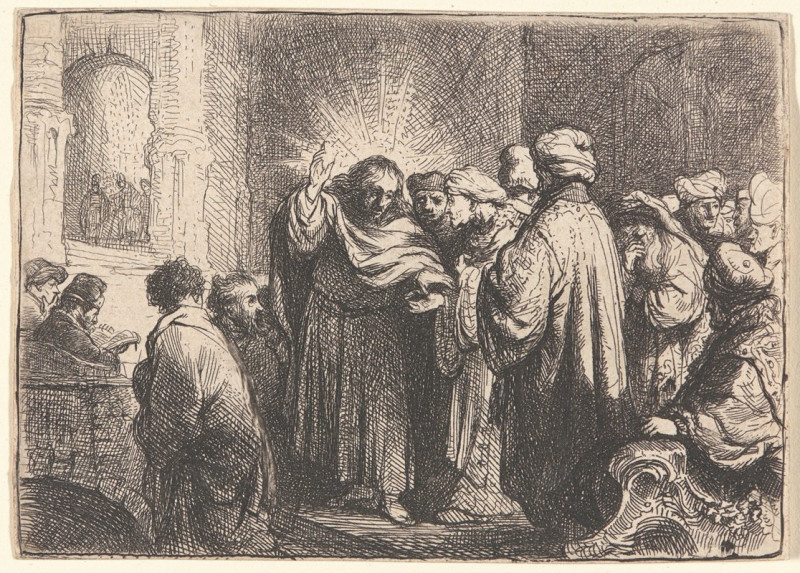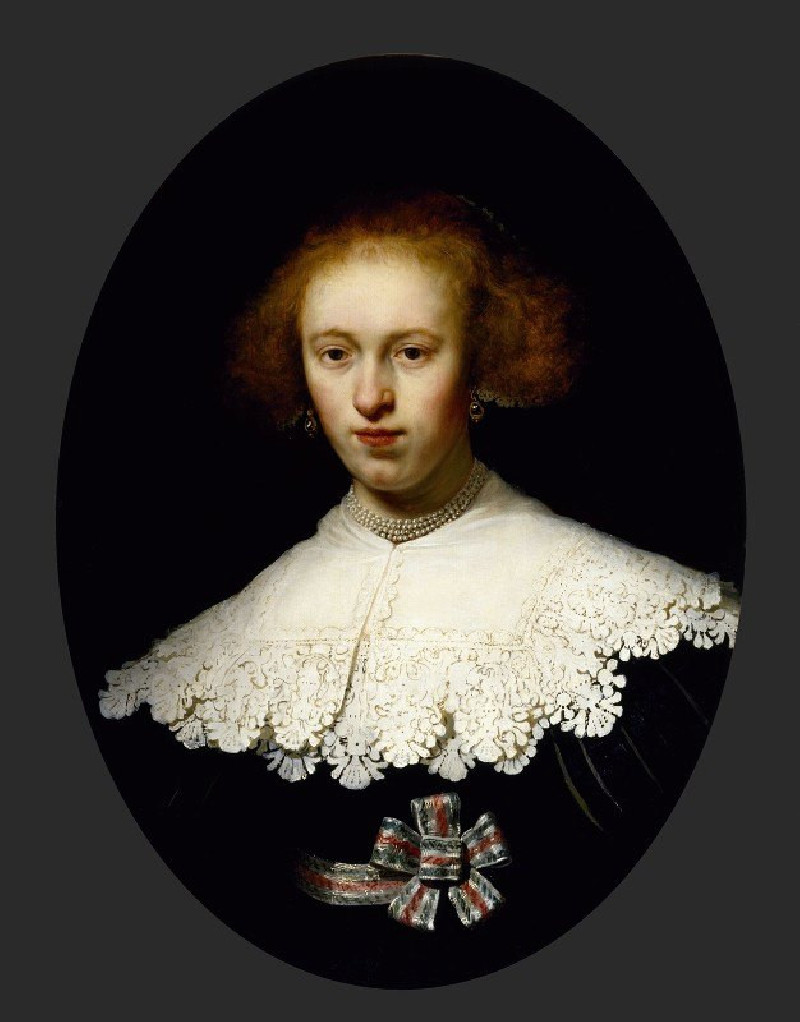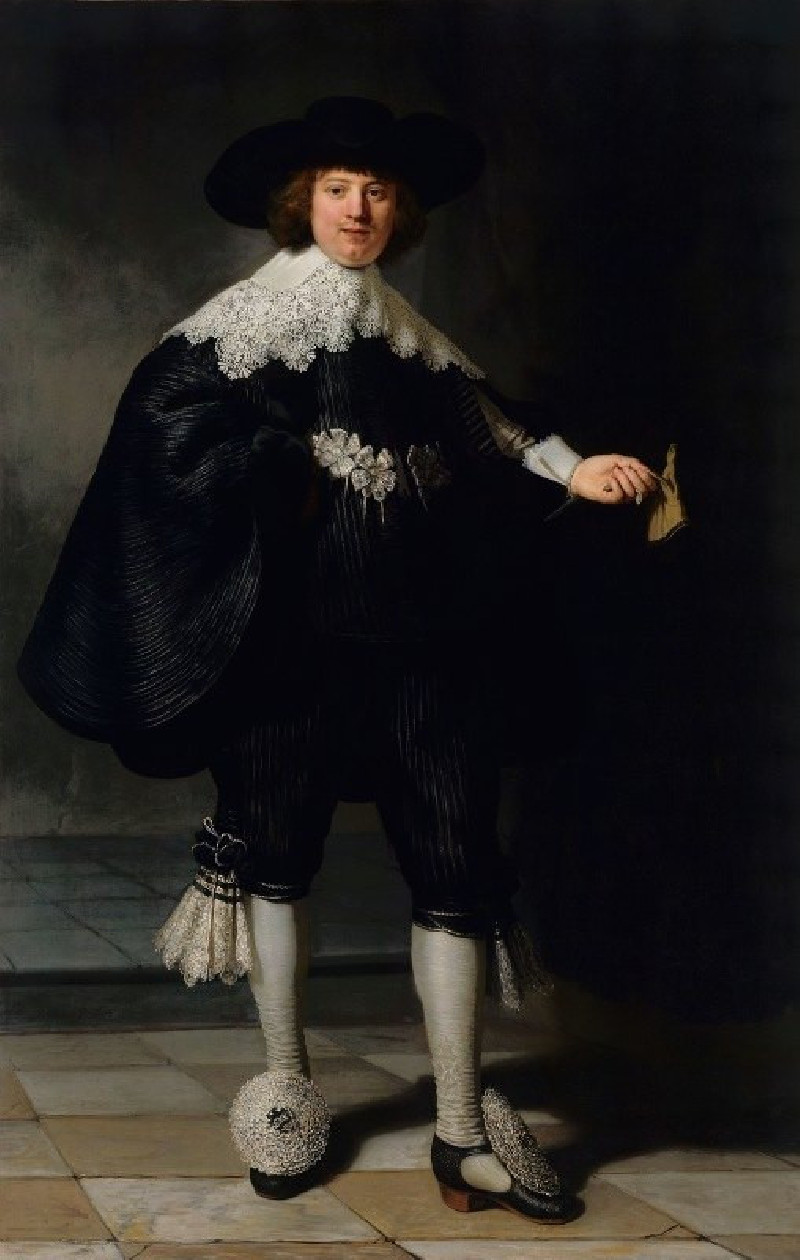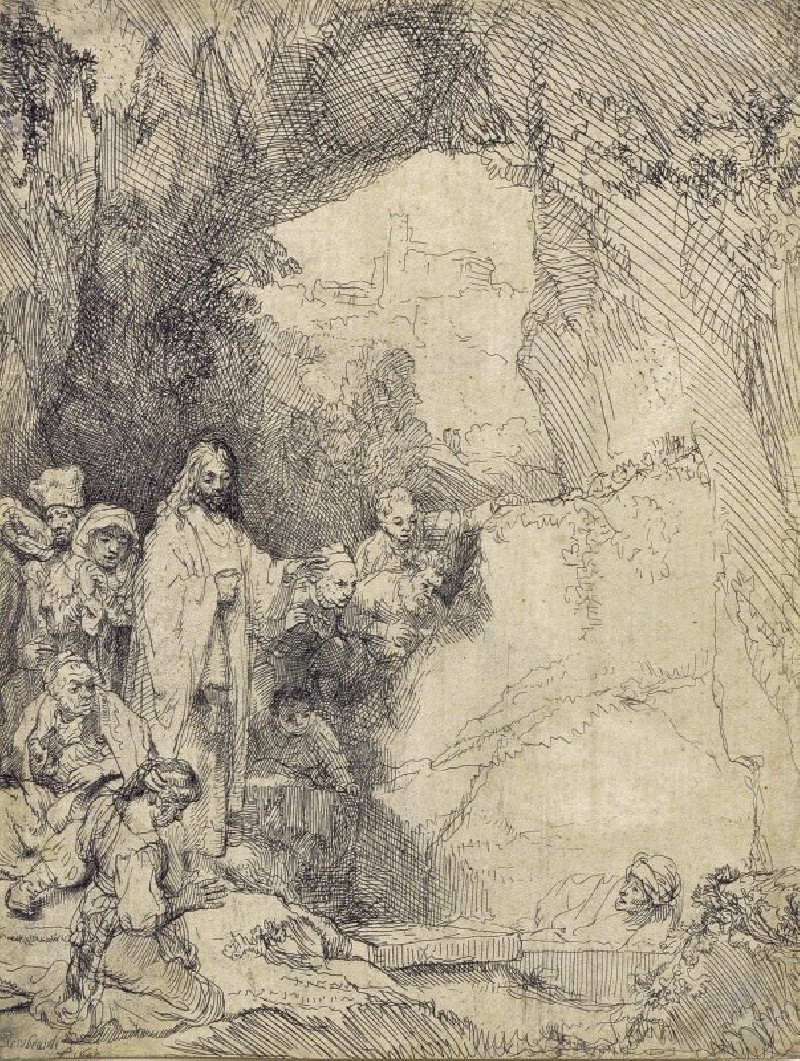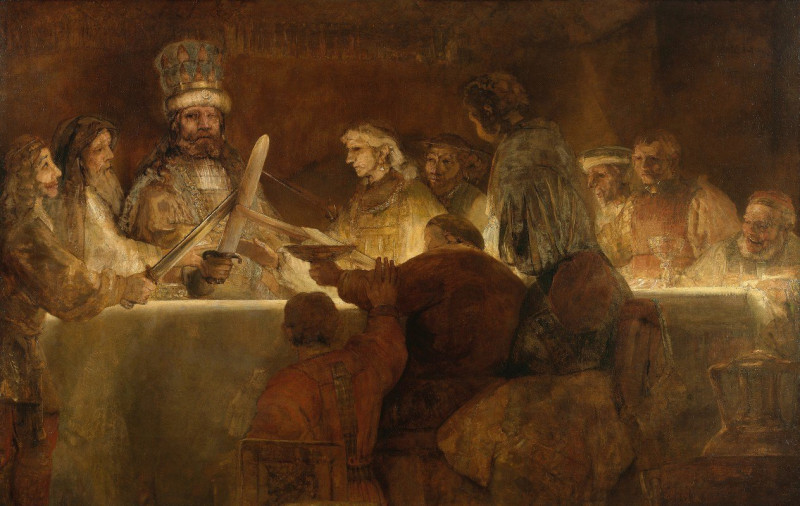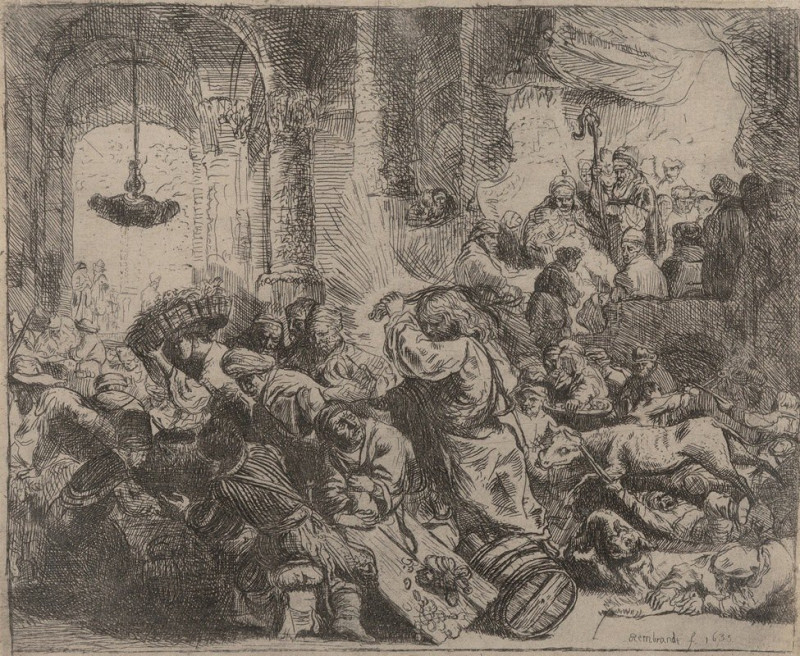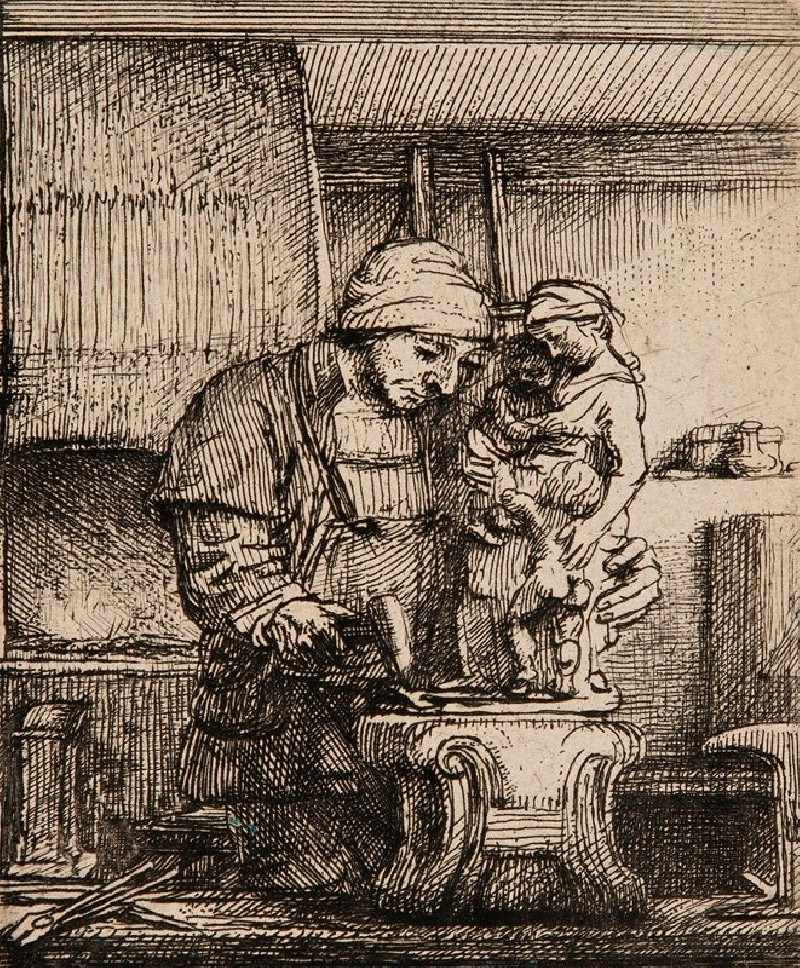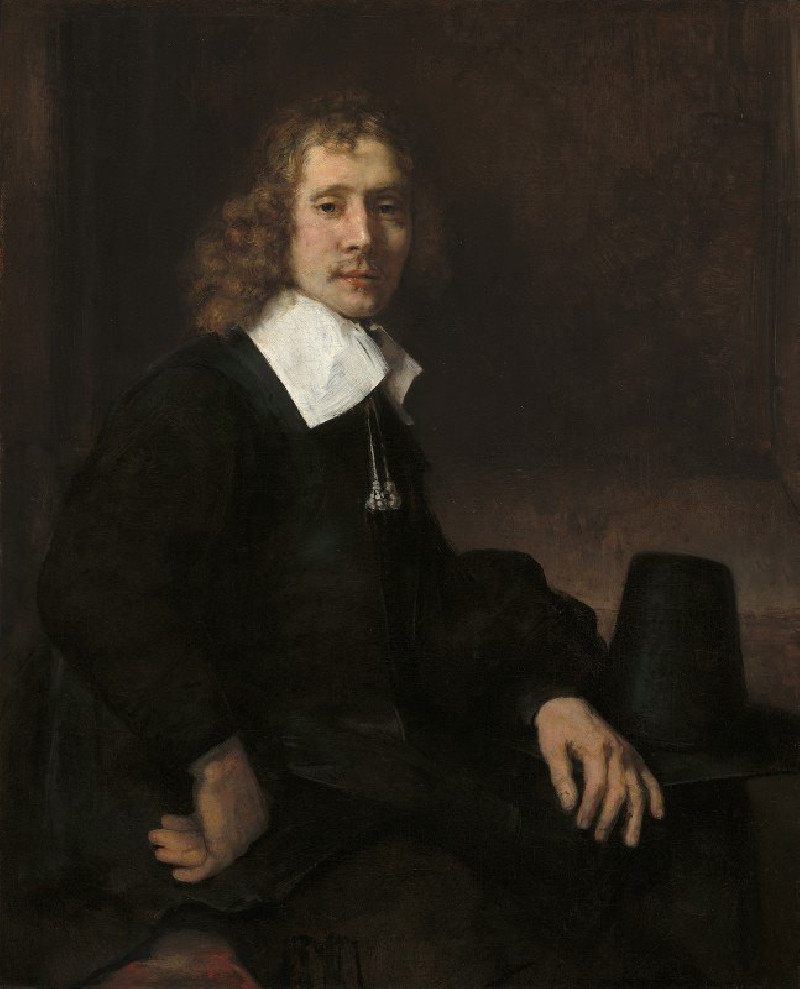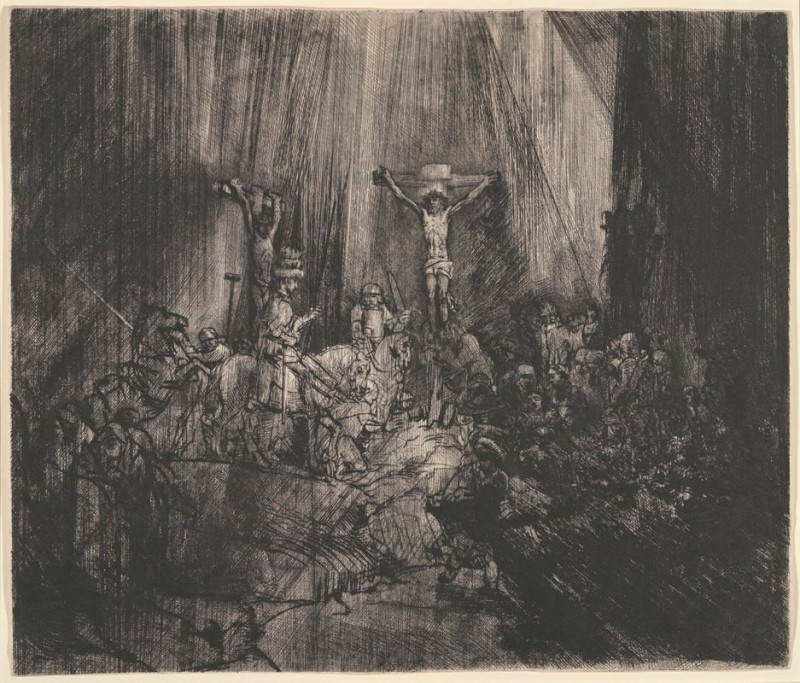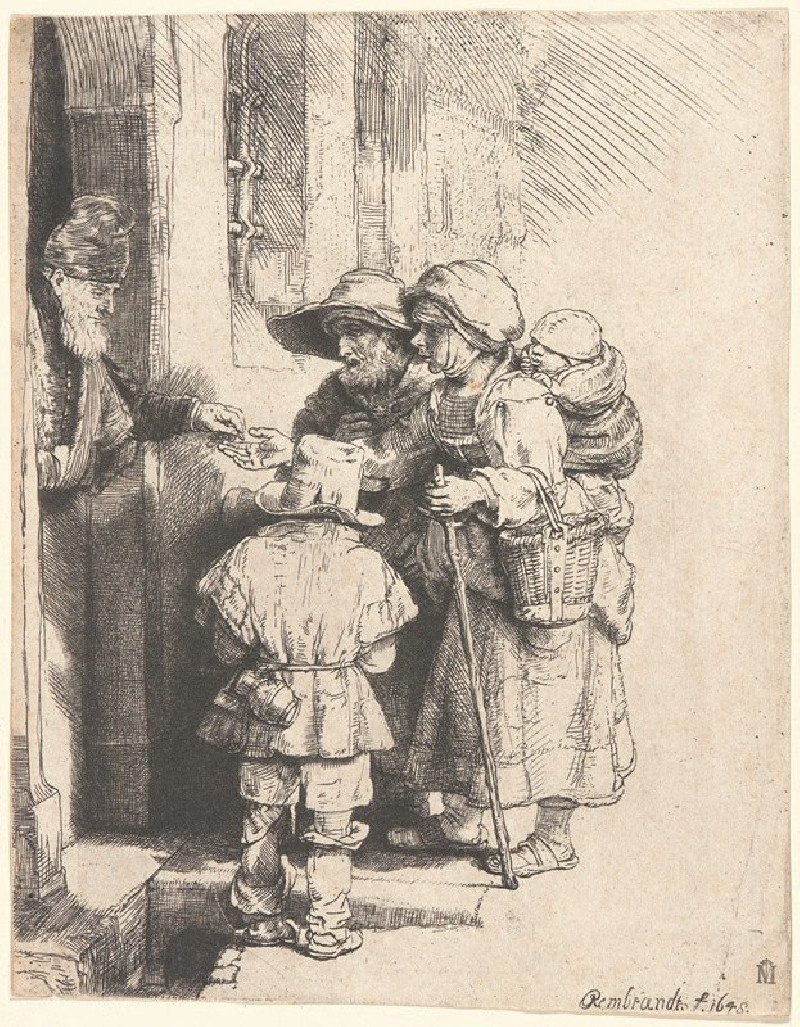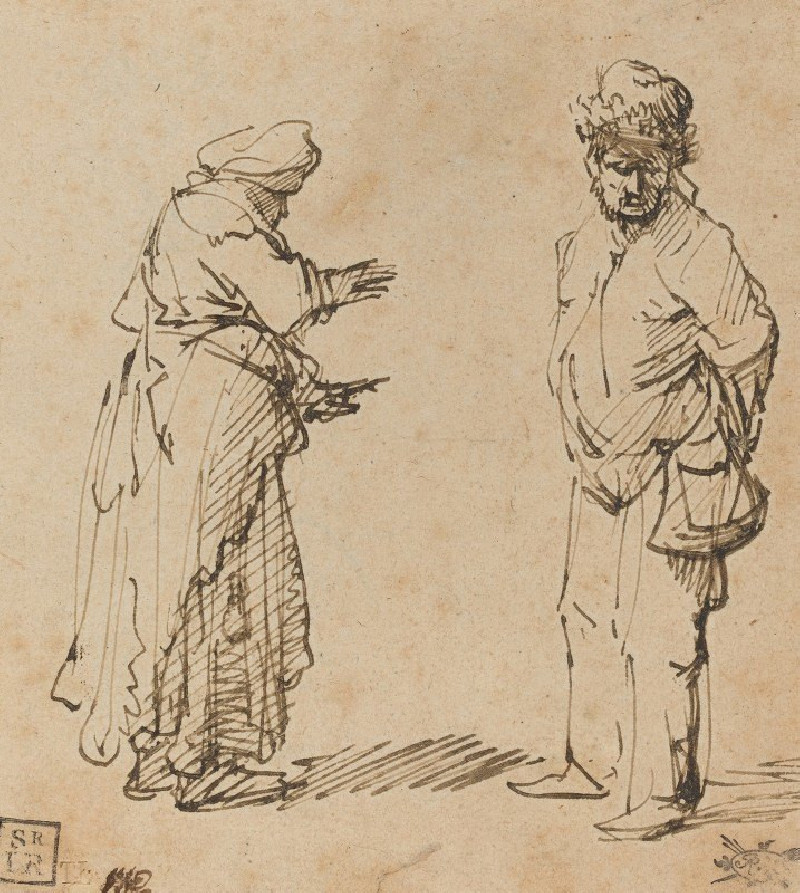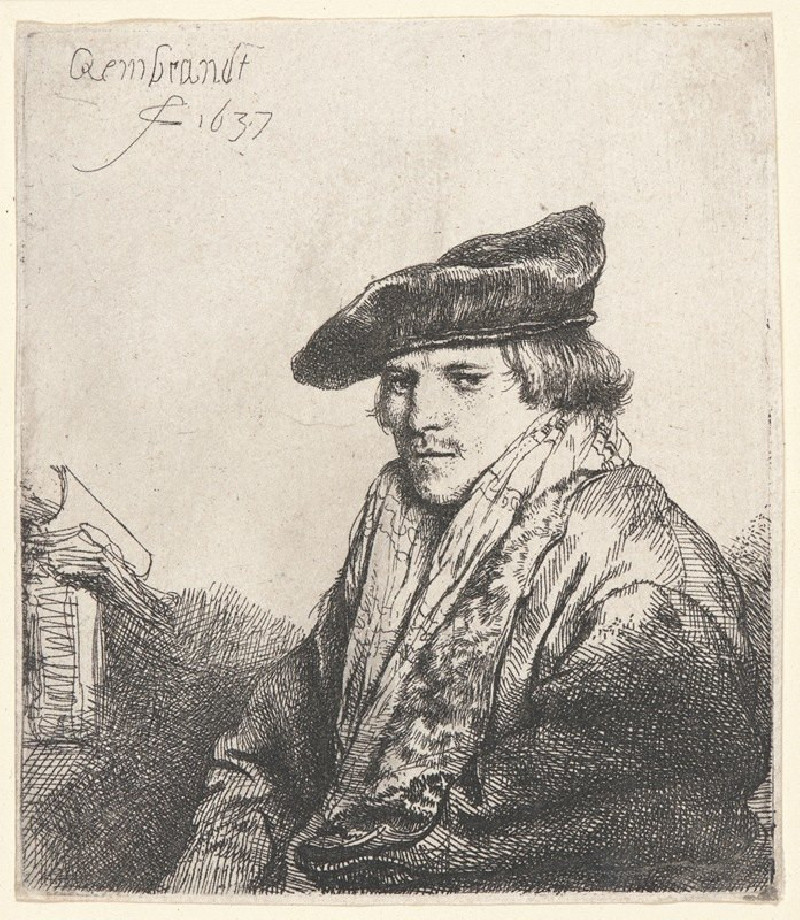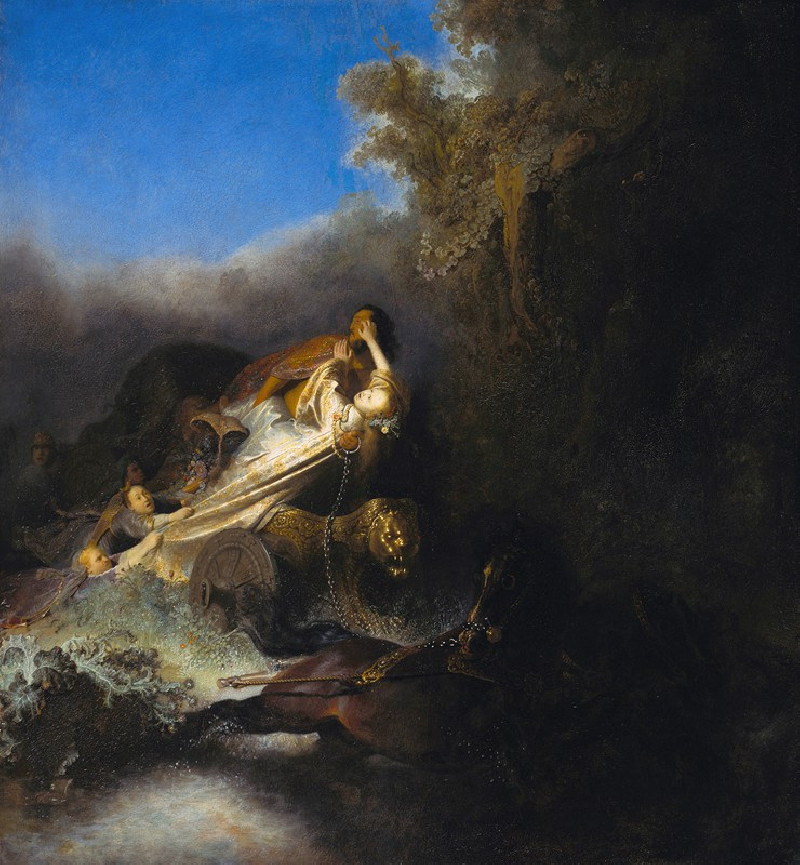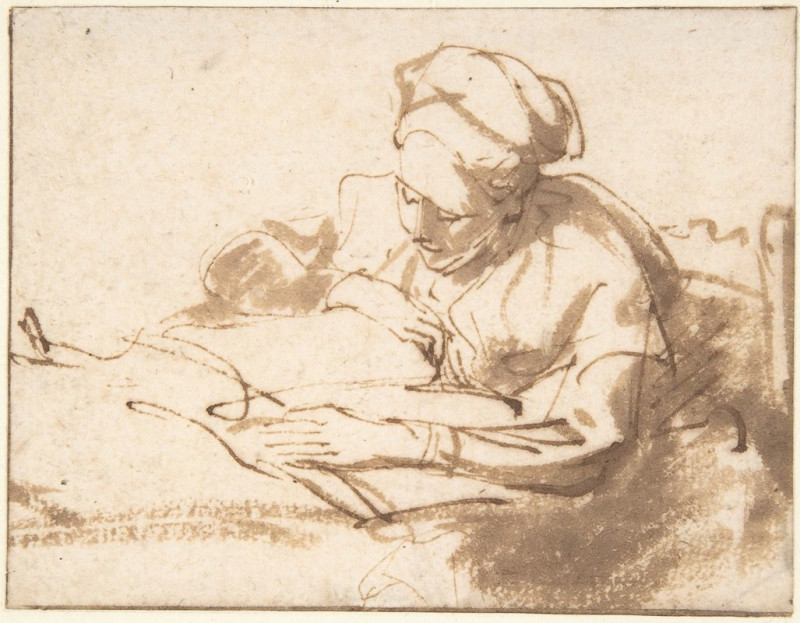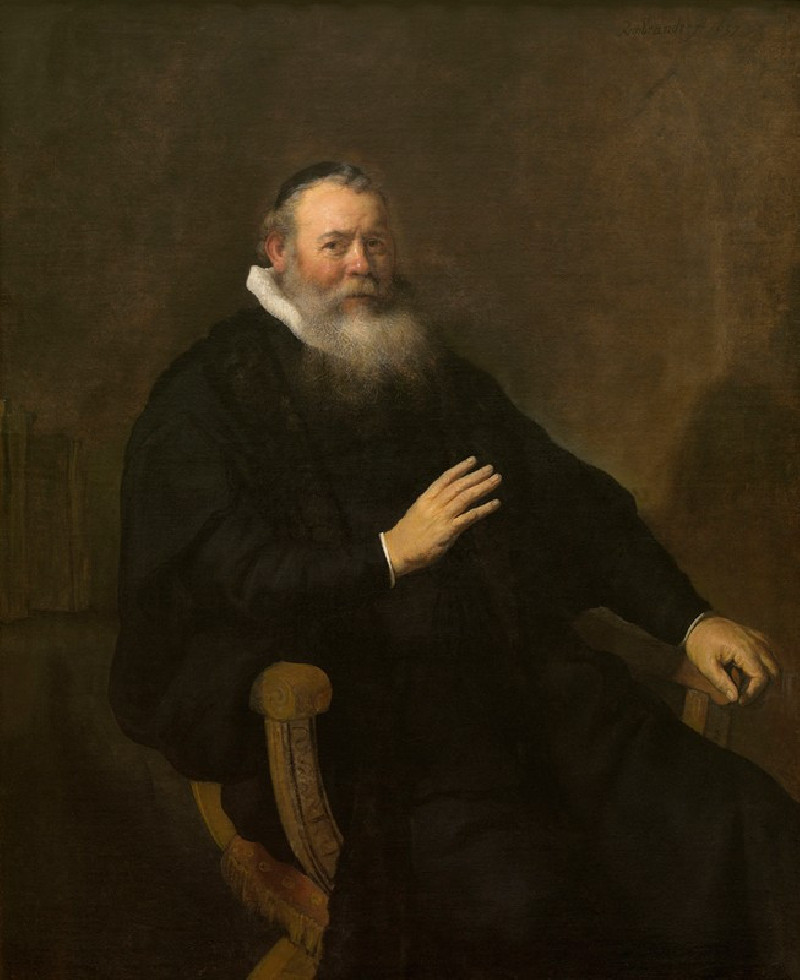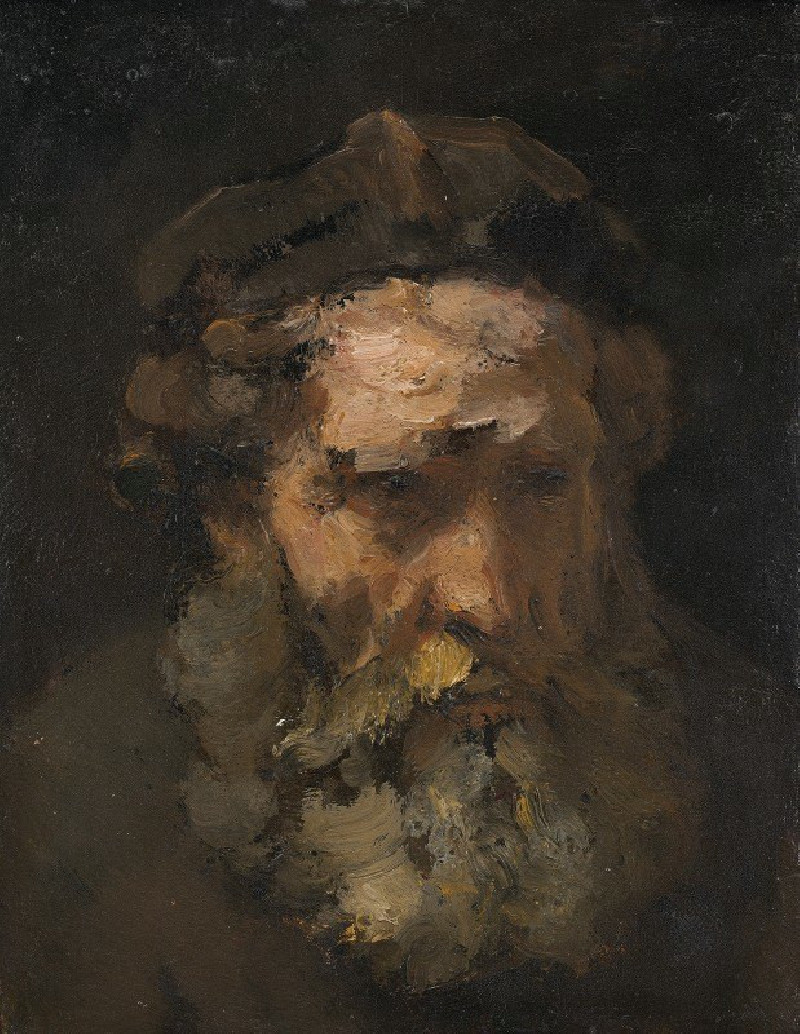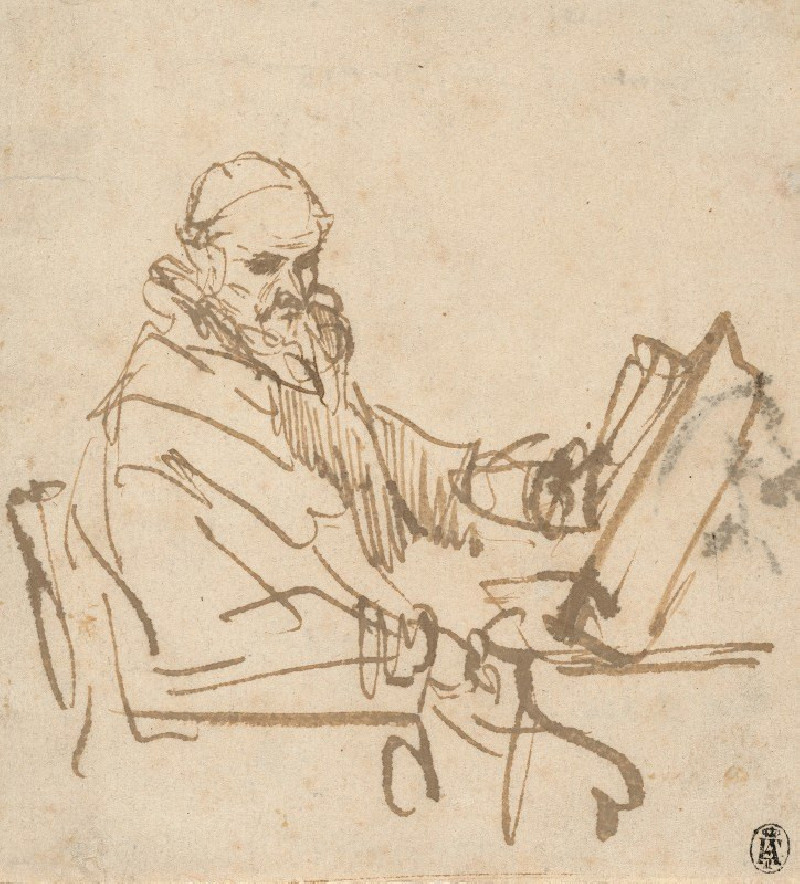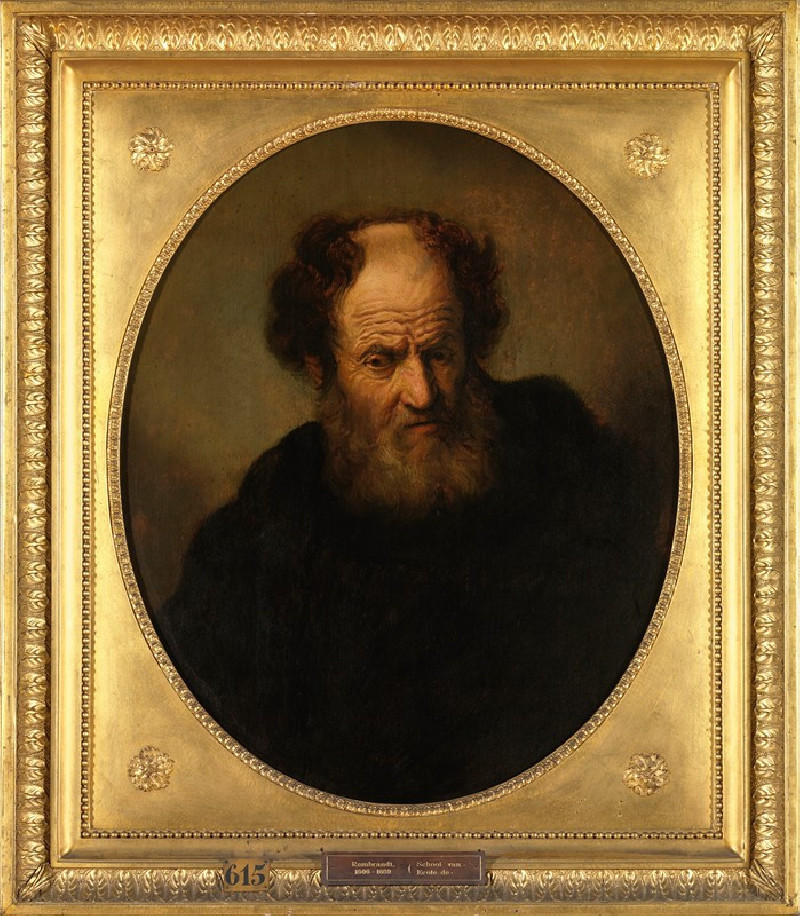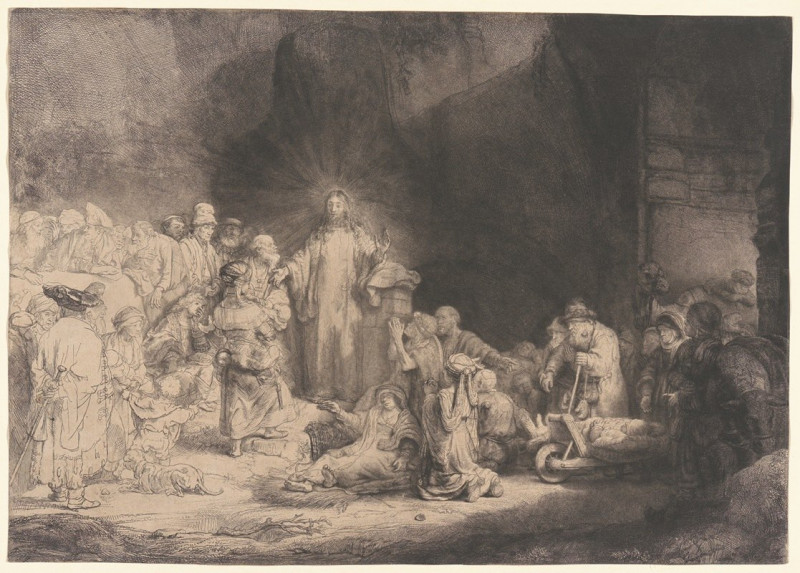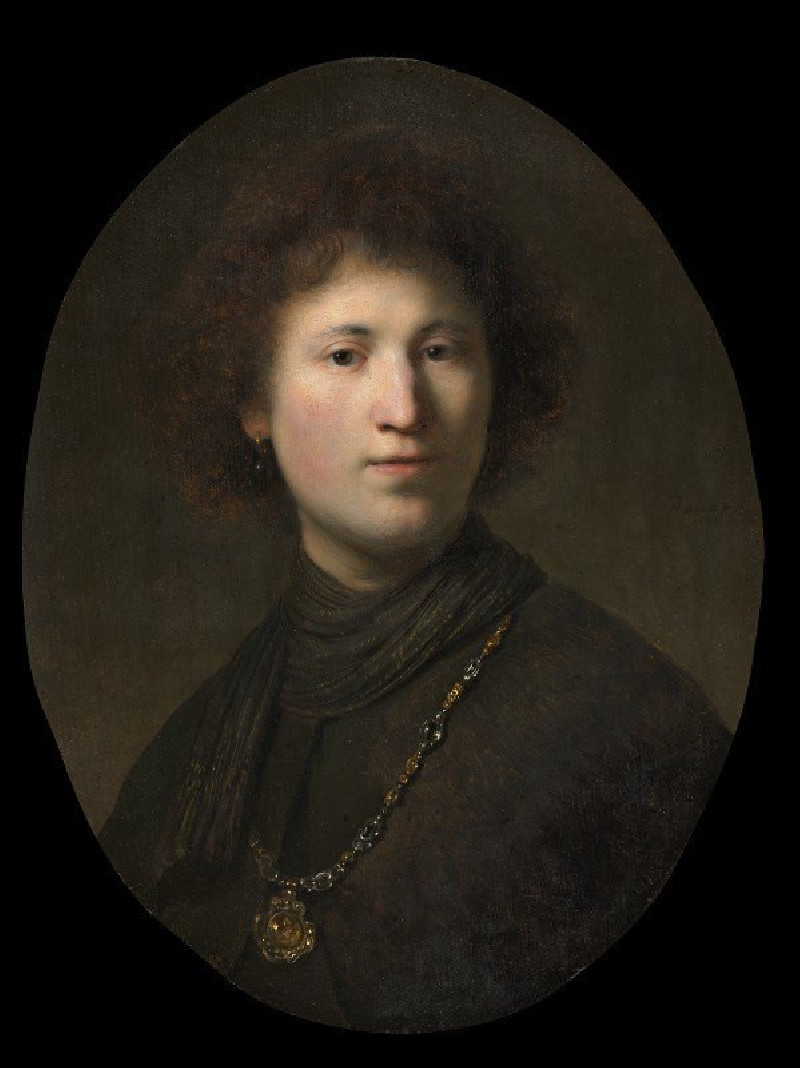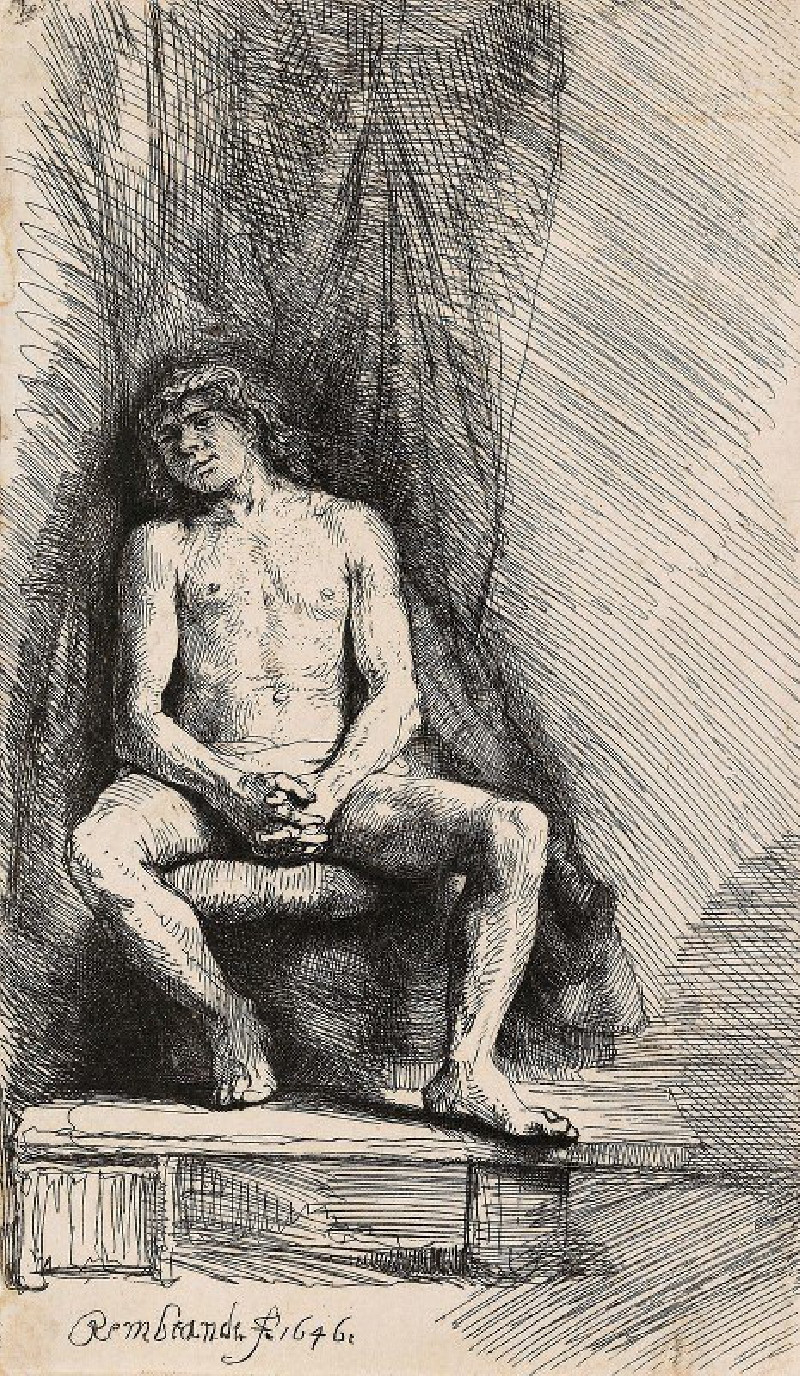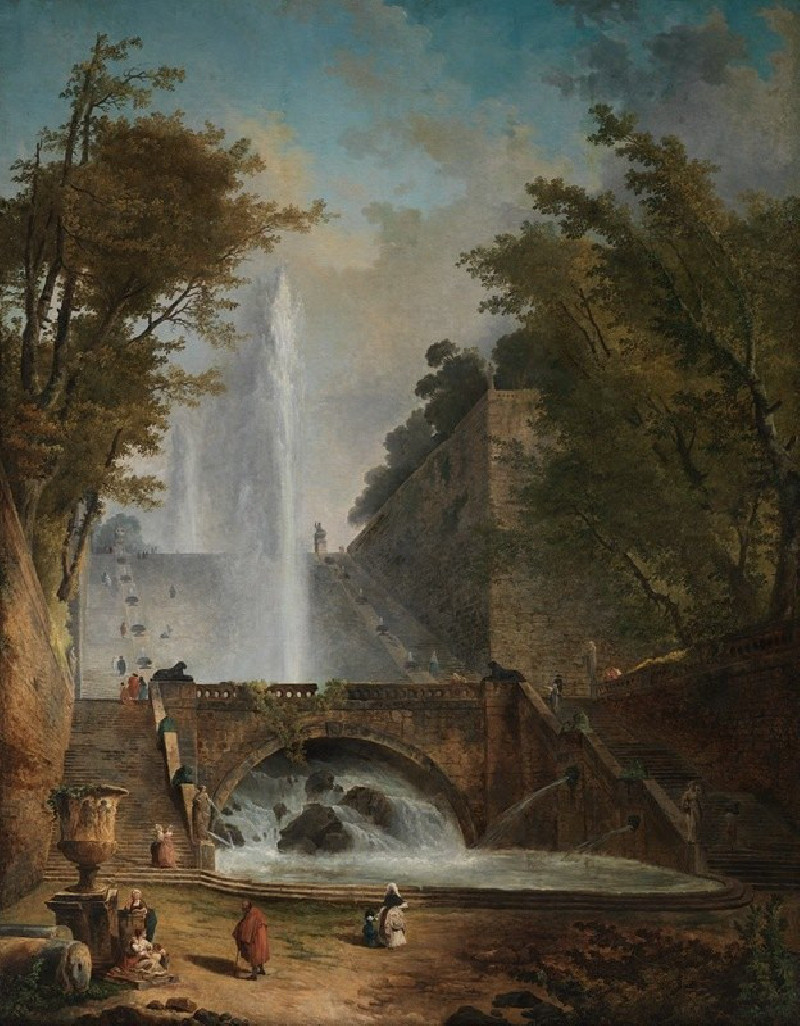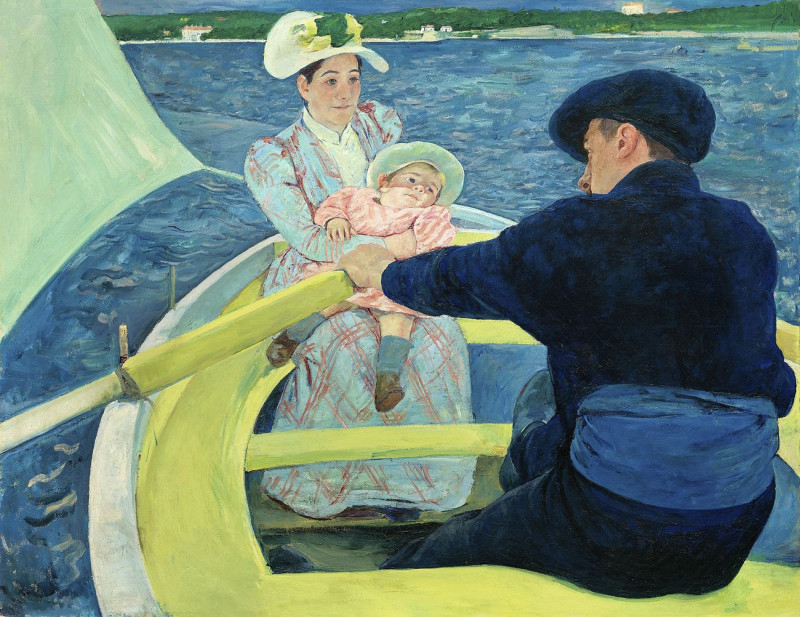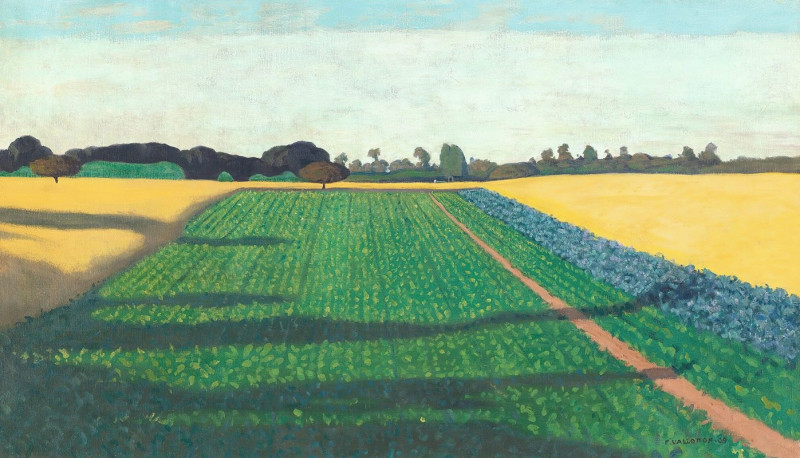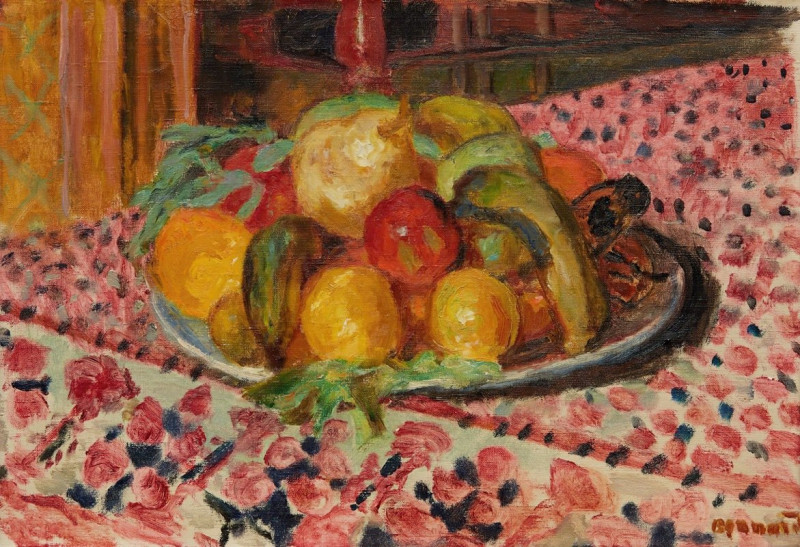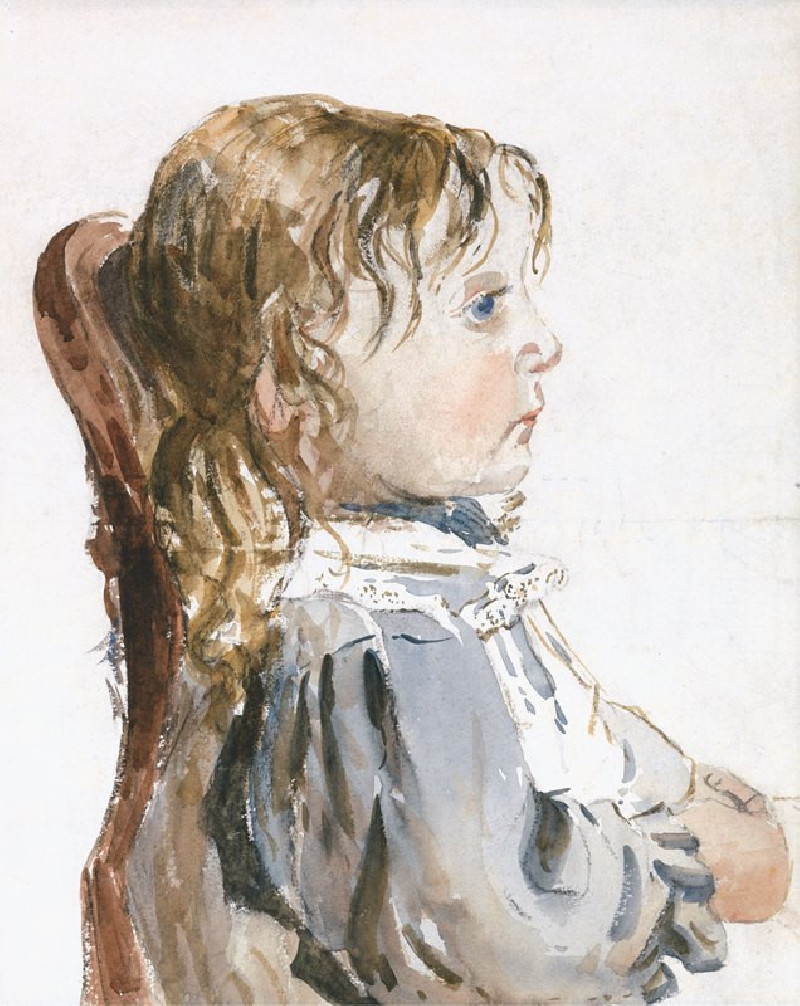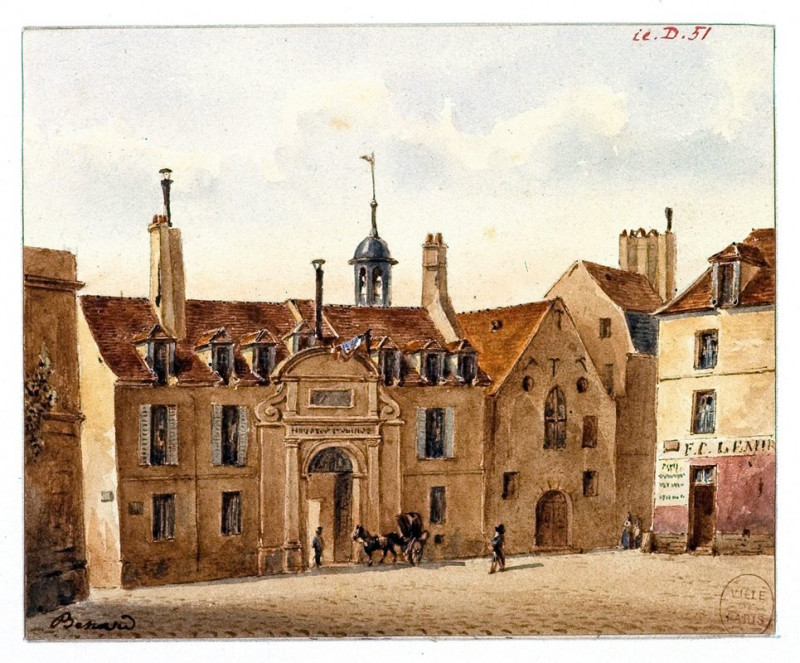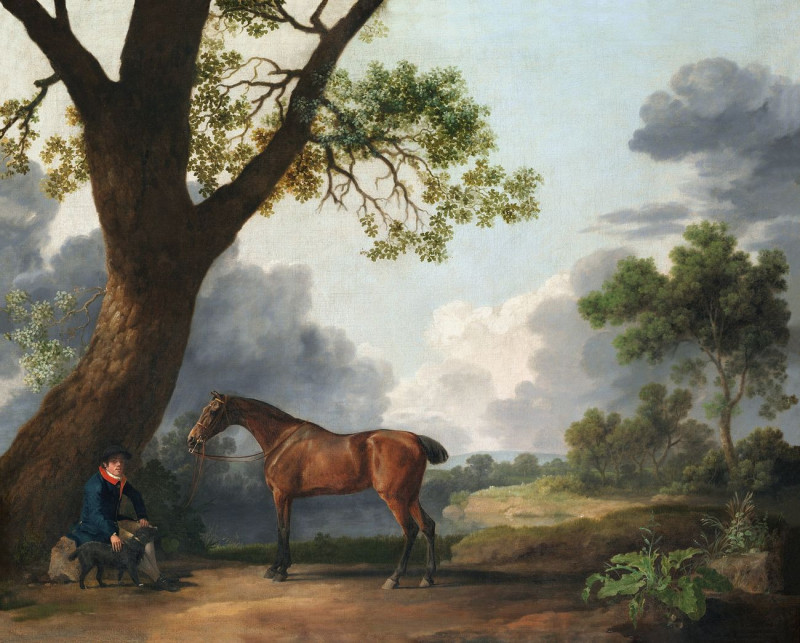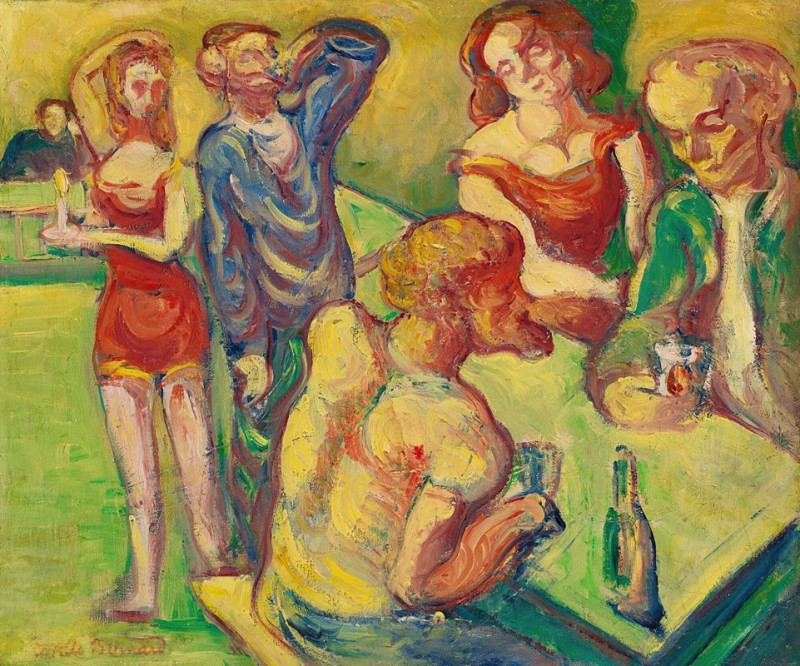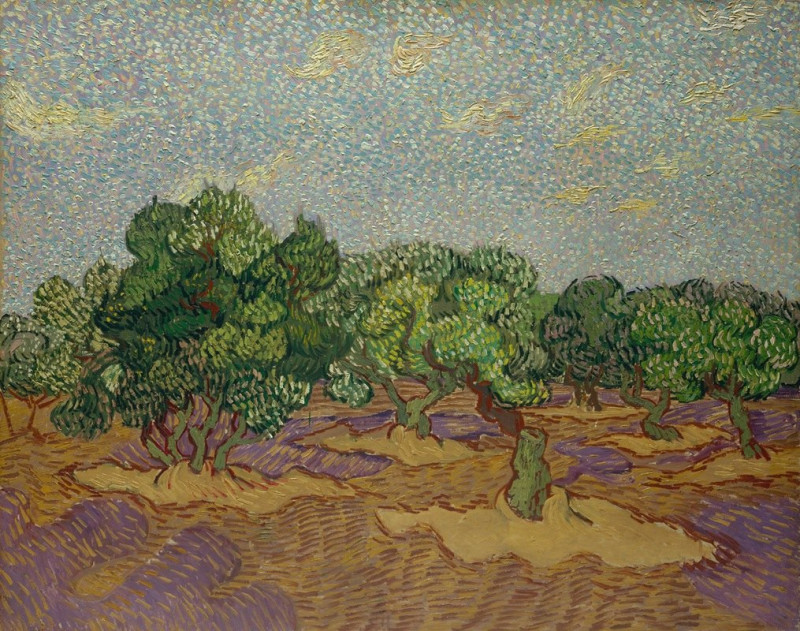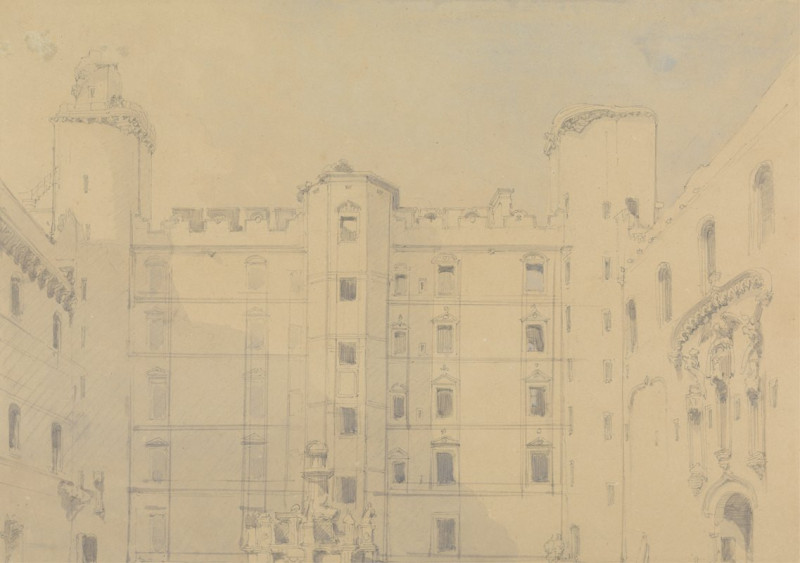The Last Supper, after Leonardo da Vinci (1634–35)
Technique: Giclée quality print
Recommended by our customers
More about this artwork
The scene captures a dramatic and intimate moment, portraying thirteen figures gathered around a long, rectangular table. In the center, a central figure who seems to embody a tranquil authority, presumably Jesus, sits slightly apart from the others, casting an aura of both connection and isolation. He engages directly with another figure across the table in a compelling exchange, suggesting a pivotal, emotional interaction.Each individual expresses distinct emotions and actions; some lean forward, engaged in earnest conversation, while others appear contemplative, their postures and gestures reflecting deep thought or surprise. The array of expressions and the dynamic arrangement amplify the sense of an ongoing, intense discourse.The setting includes architectural elements like pillars and drapery, which add depth and frame the group, intensifying the focus on the central figure. The rough lines and sketchy details convey movement and immediacy, making the viewer feel as if catching a moment frozen in time. The draped fabric above adds a theatrical element, enhancing the gravity of the scene.Foreground details are sparse but suggestive; the table bears the faint outlines of plates and cups, implying a meal shared but overshadowed by the weight of the conversation. A small animal, possibly a dog, lies in the foreground, adding a touch of everyday life to the otherwise solemn gathering.
Delivery
Returns
Rembrandt Harmenszoon van Rijn was a Dutch draughtsman, painter, and printmaker. An innovative and prolific master in three media, he is generally considered one of the greatest visual artists in the history of art and the most important in Dutch art history. Unlike most Dutch masters of the 17th century, Rembrandt's works depict a wide range of style and subject matter, from portraits and self-portraits to landscapes, genre scenes, allegorical and historical scenes, and biblical and mythological themes as well as animal studies.


